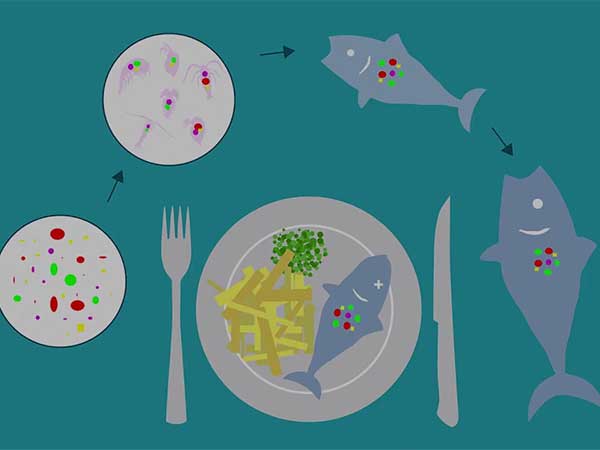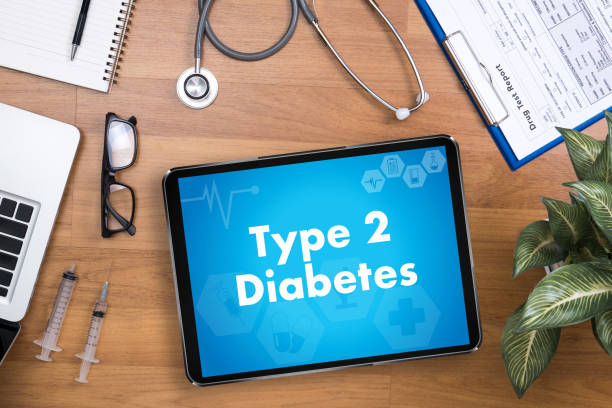More chemicals can be assessed for endocrine disrupting effects
A European guidance document aimed at identifying endocrine disrupting pesticides can—with some modifications—be used to assess other chemicals’ endocrine disrupting effects. This is the finding of a new study conducted by the National Food Institute, Technical University of Denmark, and Copenhagen University Hospital.
According to EU regulation, all pesticides must be thoroughly assessed for potential endocrine disrupting effects before they can be approved for use. However, the same rules do not necessarily apply to chemicals that are used for other purposes.
Researchers at the National Food Institute are pointing out that the approval process for chemicals, which are used e.g. as additives in cosmetics or food, can thus overlook chemicals that are harmful to the human endocrine system.
In a new study, the researchers along with colleagues at Copenhagen University Hospital have evaluated whether an existing European guidance document could be used to identify potential endocrine disrupting effects of chemicals that are used for purposes other than plant protection.
The European Food Safety Authority, EFSA, and the European Chemicals Agency, ECHA, developed the guidance document for the purpose of identifying endocrine disrupting pesticides.
”A person who is exposed to a chemical from food or the environment won’t care what the chemical is used for if it is harmful to human health,” Head of Research Group Terje Svingen at the National Food Institute says.
Butylparaben—a case study
The focus of the study was butylparaben, which can be used to e.g. extend the shelf life of cosmetic creams. The available data for butylparaben is very different from the available data for biocides and pesticides, as the authorities require far fewer studies of additives.
Nonetheless, by using the EU guidance document the researchers were able to conclude that butylparaben has endocrine disrupting effects on humans—in part because university researchers globally have conducted many smaller studies of butylparaben’s endocrine disrupting properties.
Guidance document can be applied to a broader spectrum of chemicals
According to the researchers from the National Food Institute and Copenhaven University Hospital, the butylparaben study provides sufficient evidence to propose that the existing guidelines—with some modifications—can be used to identify the endocrine disrupting effects of a much broader spectrum of chemicals than just pesticides. The modifications are intended to facilitate the use of data other than those generated for pesticides.
”Such use of the guidance document could be a first step towards a more harmonized assessment of the endocrine disrupting effects of chemicals, which is independent of the chemical’s intended use. In theory, the guidance could be applied to all chemical substances to which humans are exposed,” Senior Researcher Julie Boberg at the National Food Institute says.
Source: DTU (Technical University of Denmark)
Full bibliographic information
Using assessment criteria for pesticides to evaluate the endocrine disrupting potential of non-pesticide chemicals: Case butylparaben.
Julie Boberg; Hanna K.L. Johansson; Marta Axelstad; Gustav P.M. Olsen; Mathias Johansen; Stine A.Holmboe; Anna-Maria Andersson; Terje Svingen.
Environment International, Volume 144, November 2020, 105996.





